
Reimagining the Workplace as a Destination Space
The very nature of where and how we work has changed drastically in the last few years, with the line between home and work becoming increasingly blurred. Thanks to the rise of remote and hybrid working, the role of the office has had to evolve in order to attract workers back to the physical workplace as well as to attract the most qualified candidates and retain top talent, who are now spoilt for choice in their employers.
We’re seeing more and more businesses invest in their workplace design as a tool for talent attraction and retention, positioning the office as a major benefit to joining the company rather than an obligation. This is done by a complete reimagining of the workplace, as not just a place for work, but as a hub for entertainment, socialisation and wellbeing, making the office a destination space.
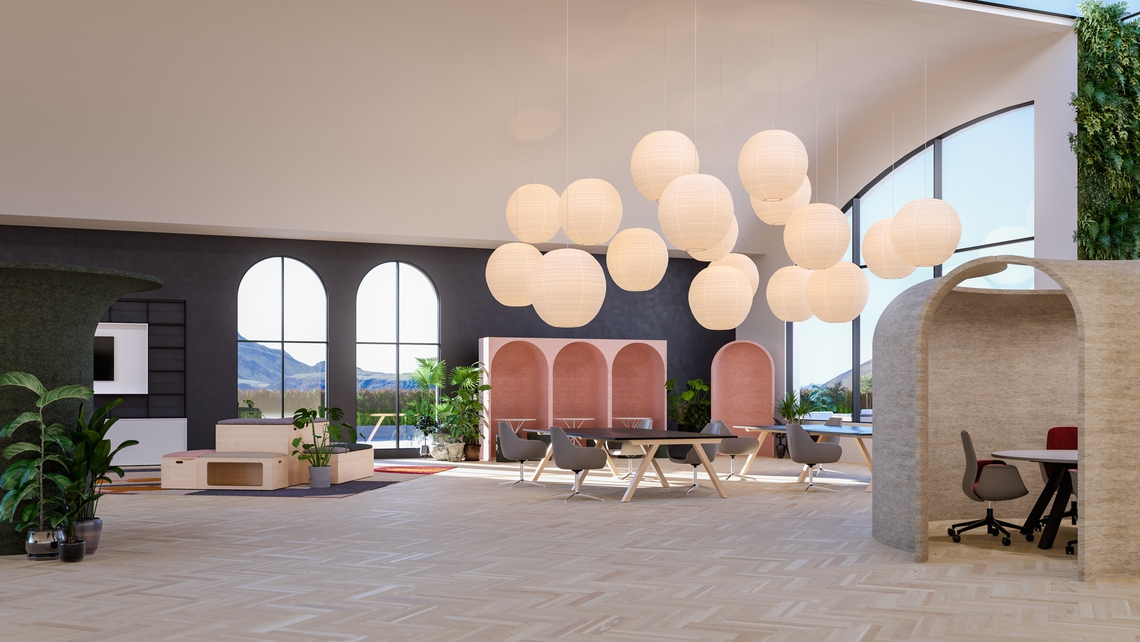
What is a Destination Space?
Post-pandemic, many businesses struggled to bring employees back into the office, so making the office a destination space – a place where people truly want to be - was a solution that offered a real alternative to working from home. While the benefits of remote working were plentiful, helping to improve work-life balance and save time and money commuting, common complaints as a result of working from home were an increased sense of isolation, lack of socialising and collaborating as well as reduced sense of community and wellbeing. The purpose of the office is now to provide a space to bring teams together, encourage collaboration and spark creativity and look after employee wellbeing– none of which can be done without offering a truly agile, flexible and unique workspace environment and culture. Through doing this, companies become a truly desirable place to work and a destination space.
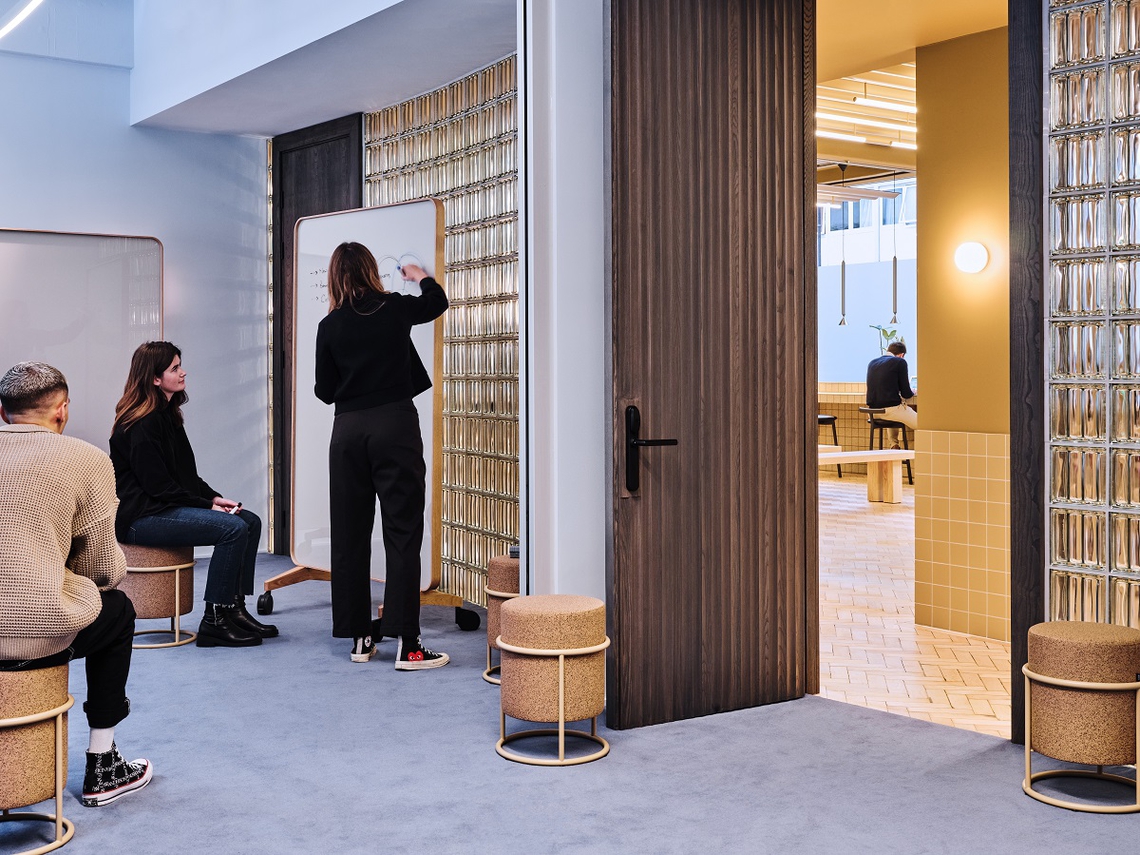
Experience Multiplier
The Gensler 2022 Workplace Survey found that that workers who are choosing to spend time in the office have compelling reasons for doing so, with space to focus on their work, access to technology and scheduled, in-person meetings with their teams the top three reasons employees choose to go into their office. Further research from the Gensler Research Institute found that employees are choosing to be in the office to access specific spaces, materials and resources that only the office can provide, as well as returning to meet with clients. They’re choosing to come back to maximise their productivity and build both personal and professional relationships with their co-workers. This revelation revived faith in the role of the physical workspace, proving that the office is in fact an environment that can provide a vital experience that remote working cannot.
Now, more and more businesses are looking at ways their office can be fit for purpose and amplify the employee experience. By ensuring employees have access to resources and experiences that are not available or accessible to them elsewhere, the office serves as an experience multiplier, leading to greater levels of employee loyalty, engagement and job satisfaction.
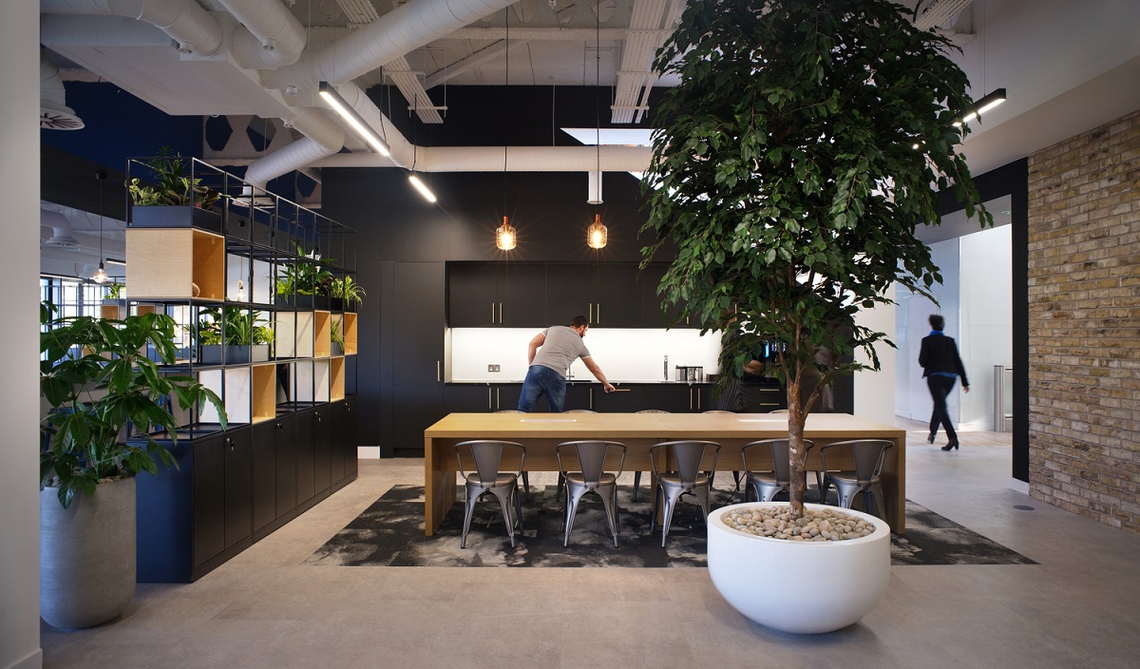
Focus on Flexible spaces
Flexibility has been a major workplace trend for years. Now, it’s a given – with up to 76% of companies offering flexible working. Flexibility is the new amenity that employees want, but making it an experience multiplier today goes beyond having a remote working policy.
A destination space prioritises flexibility. Workspaces that offer real design choice and encourage movement are not only great for physical health, they help to attract people to the office for activity-based working – one of the main reasons employees choose to return. Human beings need autonomy to stay stimulated; creating zones and offering multiple, varied spaces to work from allows employees choice over what environment suits them, their mood and their tasks that day.
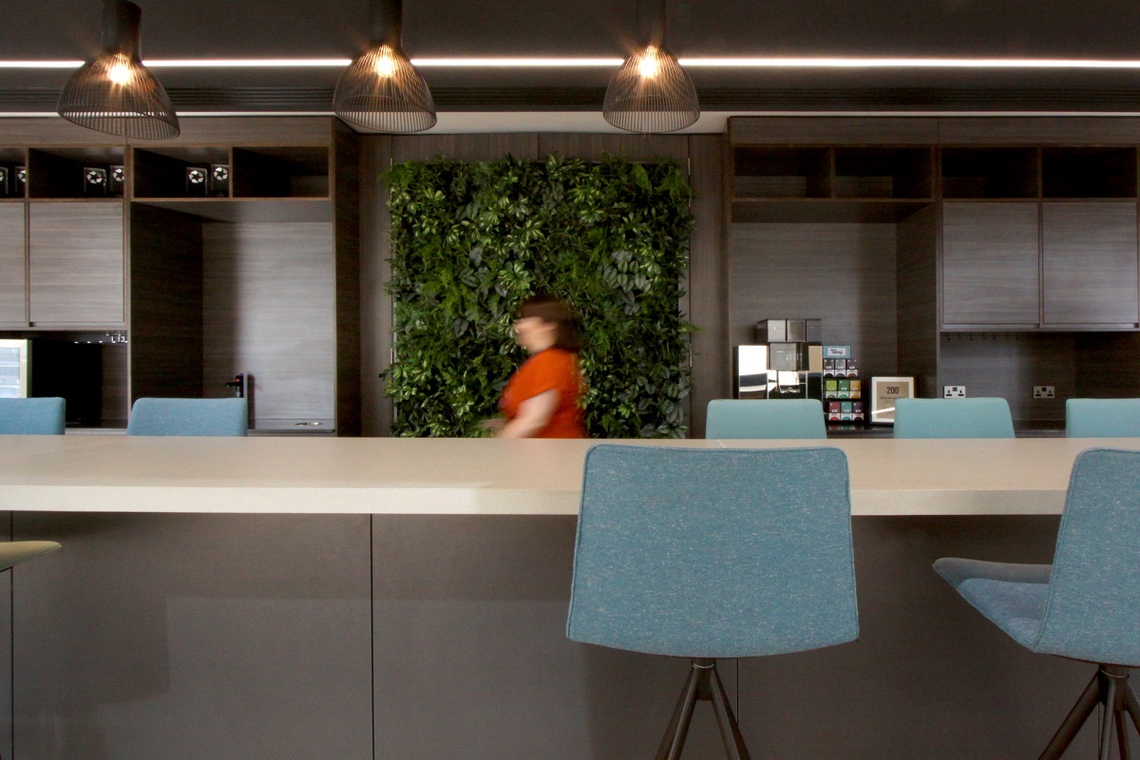
Building a Community
Collaboration and socialisation are two things that the pre-pandemic workplace had in droves. Now, companies must make an exerted effort to build a sense of community among colleagues in a world where the number of people in the office at any one time is dynamic and unpredictable.
There are a number of ways that businesses can build a community and great workspace design helps facilitate an environment where chance encounters, personal connection and a people-centric culture can thrive.
The use of flexible, modular furniture such as the Bleachers that can be scaled up or down depending on how many participants are involved, offers the opportunity for impromptu collaboration. These ‘water cooler moments’ from pre-pandemic life allow chance interactions that spark creativity and build a culture of camaraderie as well as reinforcing the idea that the office is a hub for socialisation – something that remote work cannot replicate.
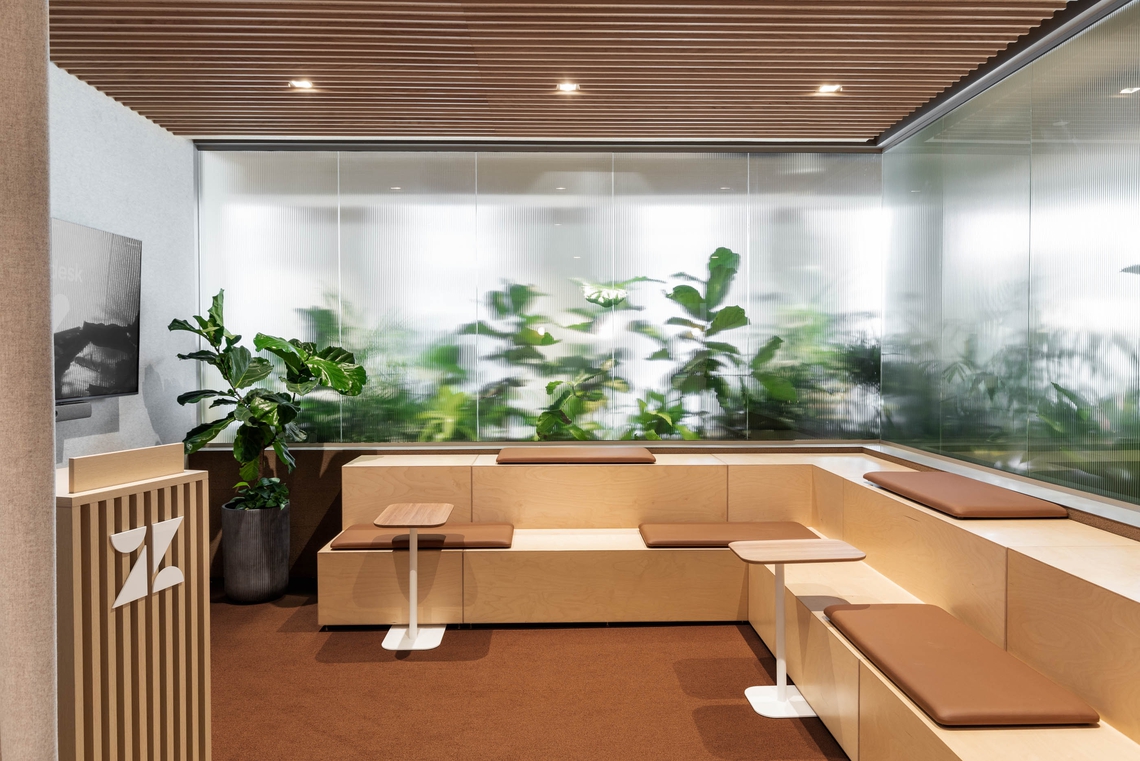
Wellbeing-centric Workplace
It wasn’t long ago that employees chose to stay remote for greater health, work/life balance and wellbeing, so it is no surprise that now companies are looking to prioritise their employee’s health and wellbeing, and those that do it well boast a serious competitive advantage.
From a workspace that includes biophilic design principles - the inclusion of plants and nature – to a sympathetic, resimercial design that brings home comforts into the office through soft furnishings and gentle lighting, there are plenty of ways that companies can demonstrate good health and wellbeing in the workplace.
Entertainment zones and wellbeing hubs are growing in popularity with the goal of becoming a destination space. Not only do these attract people to the office by providing something exclusive, but a relaxed environment helps to improve mental health and wellbeing which in turn increases productivity. Other benefits such as onsite gyms, training facilities and spas not only help by showing employees their workplace cares about their health, but it seamlessly integrates the company into their employee’s day-to-day activities, tasks and enhances their lifestyle - this is a true mark of an effective and cherished destination space.
The Gensler 2022 Workplace Survey found that focusing on work is the top reason people choose to go into the office, which shows the importance of having quiet, solo-work spaces for productivity. This shows that while collaboration and fun experiences are required to attract employees, focus zones are still necessary to protect mental health and wellbeing.
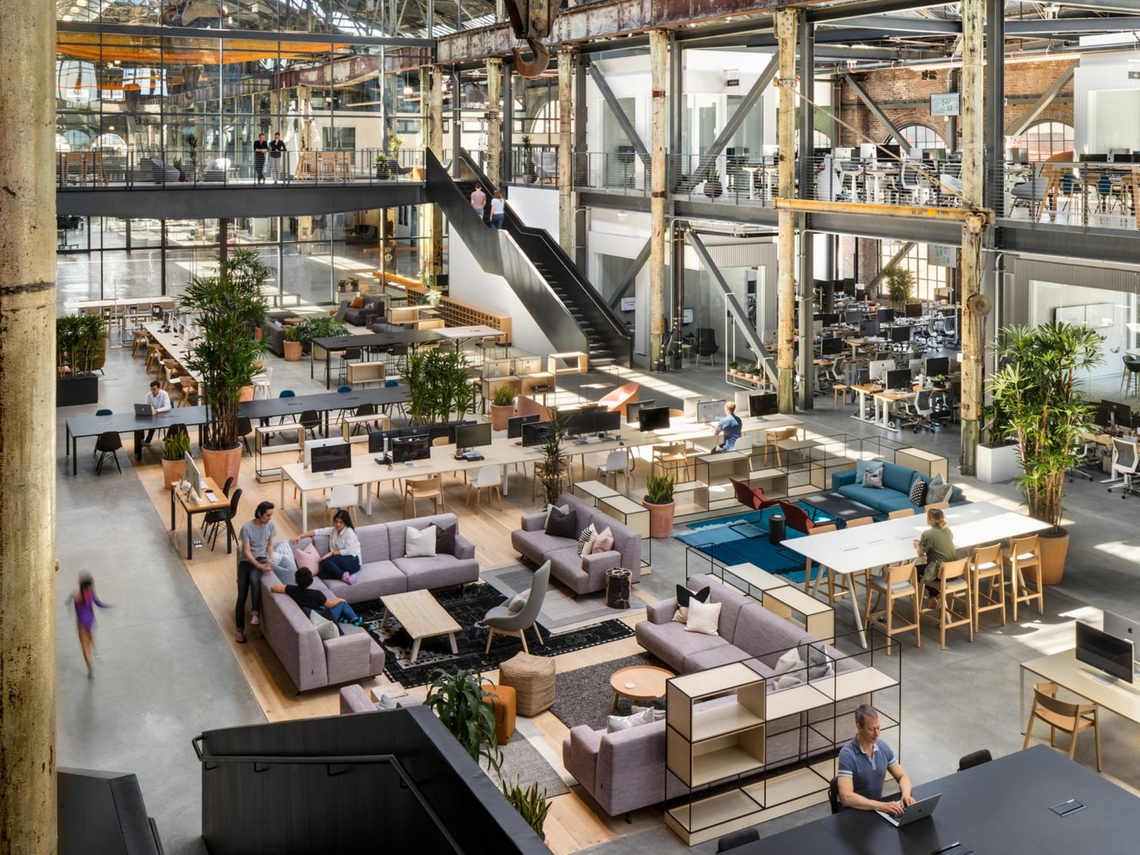
The role of the office has changed and businesses need to continue to innovate when designing workspaces to win the war for talent. By designing a space that seeks to multiply the employee experience, by adding value to employees’ lives, corporations can make their office a destination space and reap the benefits for years to come.
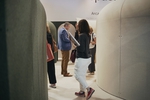
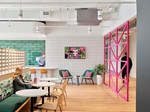
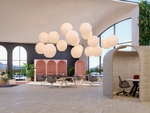
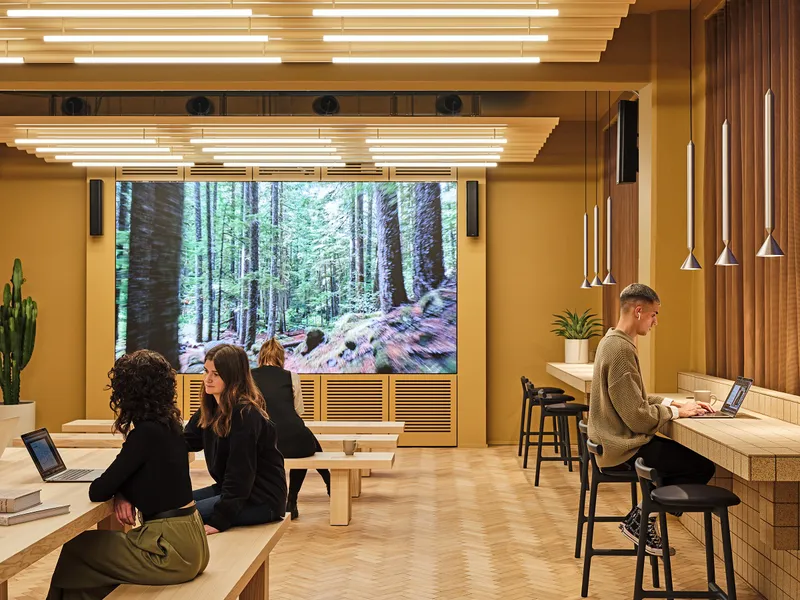
Neutral but bright, calm but dynamic - in this space paradox makes sense and works fluidly in a stunning workplace expe…
IMMOBILIER
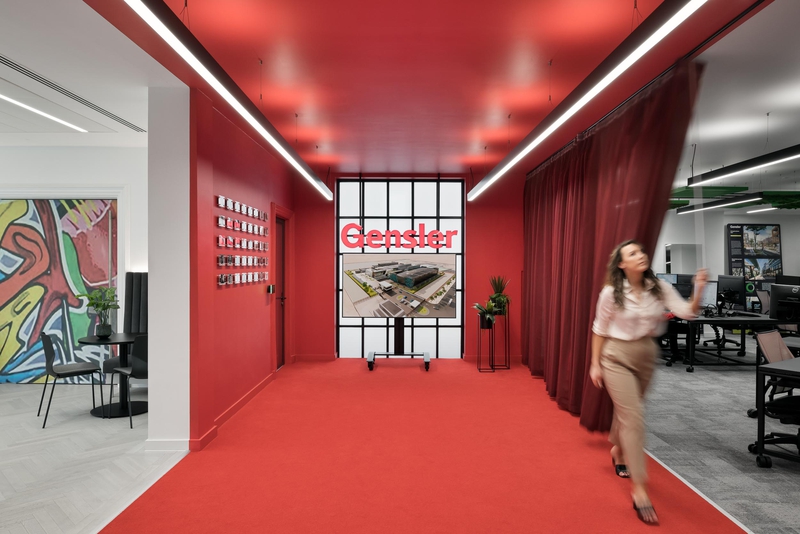
A space conceptualized and created by their people
ARCHITECTURE & CONCEPTION
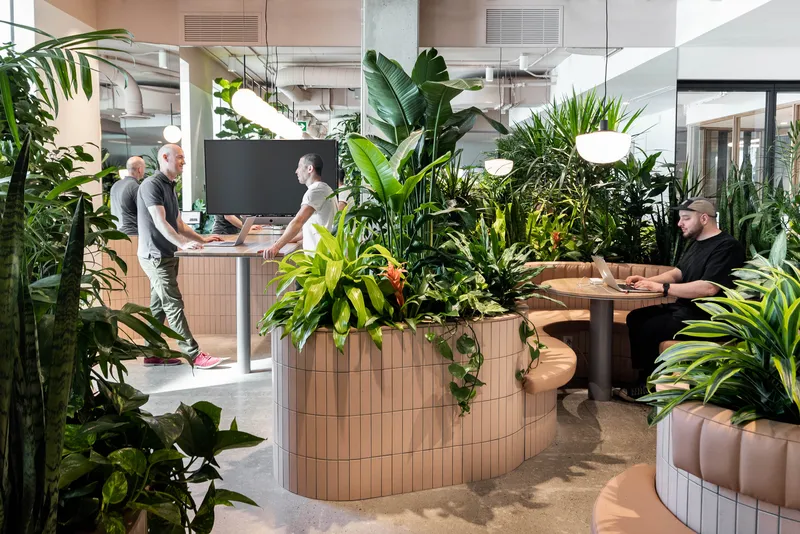
Smaller in size only, this workplace is a biophilic masterpiece with a focus on wellbeing, employee synergy and superio…
TECHNOLOGIE & INFORMATIQUE